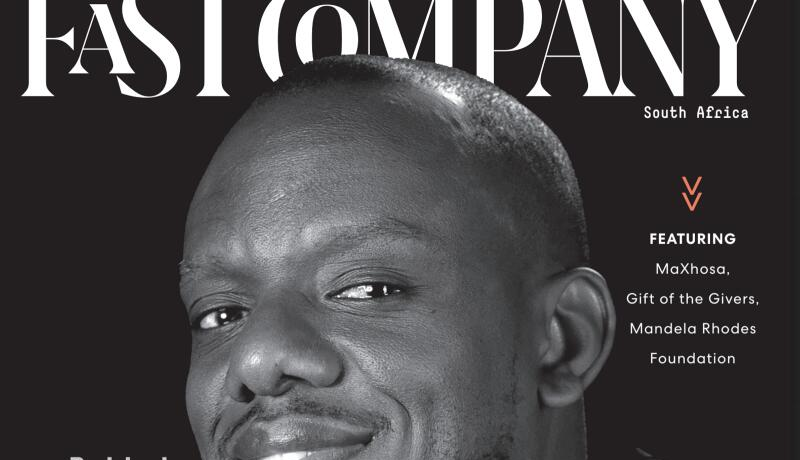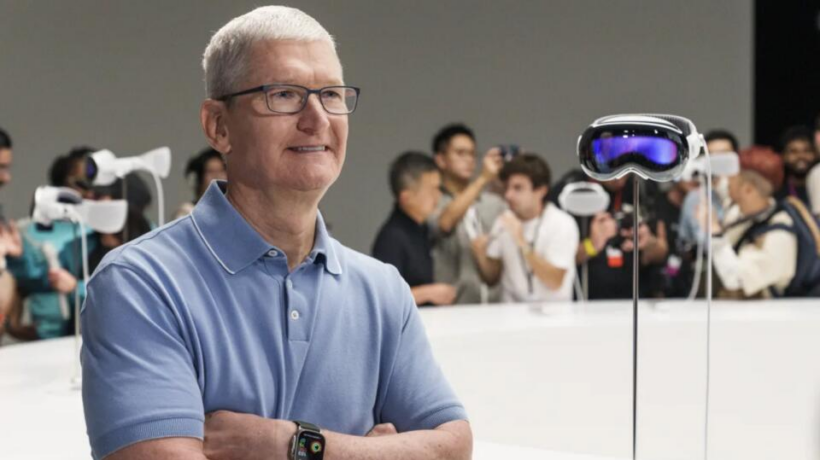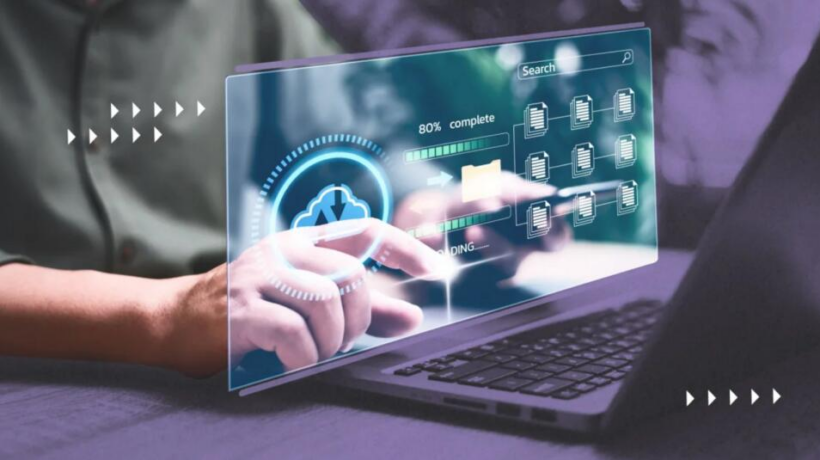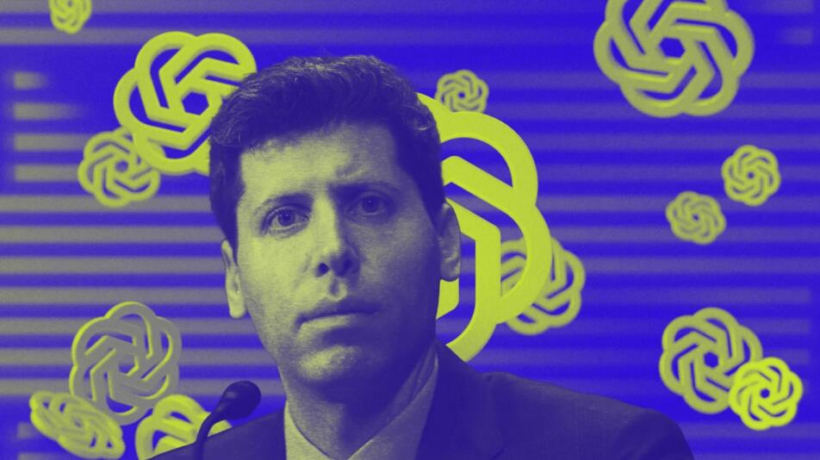BY
Wesley Diphoko
5 MINUTE READ
If 2023 was the year X, formerly known as Twitter, slid into disrepair, then perhaps 2024 will be the year that a new alternative rises to take its place.
Among those touted as potential X replacements is Bluesky, a social media network that was, in fact, spun out of Twitter in 2021. The Bluesky project actually dates back to 2019, when cofounder and once-Twitter CEO Jack Dorsey unveiled the idea for a decentralized social network on Twitter. The principle behind decentralization would allow social media to act more like email, where you can pick your provider but converse all the same. Bluesky launched as a public benefit LLP in 2021, and raised $8 million in a funding round in July 2023.
When it first emerged as a potential lifeboat for disaffected Twitter users in April 2023, I thought it had echoes of the early days of Twitter. At that point, the platform had 50,000 users.
Today, Bluesky’s user base sits at 2.6 million: a 5,100% increase—noteworthy, given that the service is invite-only, as of now—but still far short of Musk-era X (225 million monthly users), and Threads, Meta’s hastily launched proxy (to date, 141 million users). Still, Bluesky is among the last standing of the proposed “Twitter-killers” (remember T2?), and its CEO, Jay Graber, has bigger plans than simply gaining users. “Next year,” says Graber, “it’s basically anyone can spin up a service, and then talk to ours, and plug into it.”
“It’s been a wild year,” Graber tells Fast Company. “We started off this year with just going into beta app in spring. And now we’re at 2.6 million users. So it’s been a lot of growth.”
But to compete with X, the platform needs to grow a lot more. And the question is, will Bluesky’s growth be too little, too late?
“I think Bluesky moved too slow,” says social media consultant Matt Navarra. “It’s stayed in this mode of exclusivity, in limited rollout, and in beta.” That’s had an impact on its cut-through with the average user, he explains. “[Bluesky] potentially has missed a great opportunity that presented itself with the spiraling of X, as well as the competitive landscape for other, similar platforms.”
Navarra admits that replacing X wholesale may never have been Bluesky’s goal. “Is the goal for Bluesky to be a several-hundred-million-user platform, or even a billion-user platform? Or is that not the aspiration, in which case, then maybe it hasn’t been a failure in any regard.”
That uncertainty fed through to users, Navarra reckons, who shied away from adopting it in earnest as X began to falter. A lack of branding also meant Bluesky couldn’t capitalize on users’ desire to find an alternative home, Navarra believes. “I think that it didn’t have any distinct personality as a brand or as a platform,” he says. “[There’s nothing] that you can clearly identify as a set of traits or personality—or something that separates it from the rest when you look at the likes of an Instagram or a TikTok or BeReal or even Threads.”
It’s something that the Bluesky team acknowledges has been a weakness. “There’s a lot of communication to do, I think, and showing people,” Graber says.
Rose Wang works on strategy and operations for Bluesky. “The 2.6 million happened when we gave one interview,” she says. “We basically did no proactive outreach. And so I think part of it is comms: We just need to go out there and tell our story.”
Here, then, is the story Bluesky wants to tell: It wants to redraw social media’s future. Core to it is the Authenticated Transfer protocol, a bit of internet plumbing that will enable users to interact with each other across different platforms. The protocol, Graber told Fast Company last week, will be ready in early 2024. The protocol, and the interoperability it would offer, will be a world away from the past 20 years of social media. Rather than closed walls run by proprietary companies, social media could become an open space, free for all to move around. The concept has also been called “federation.”
The idea sounds great. But part of the challenge for Bluesky is that it’s been thrust into the limelight and asked to meet a need that wasn’t necessarily its original founding principle. Many are looking for a one-for-one lifeboat from the sinking ship that is X. Bluesky, meanwhile, is looking to redefine how social media works. And rebuilding from its first principles is tricky enough, never mind communicating that to users who don’t know about the intricacies of decentralization and the Authenticated Transfer protocol.
Bluesky is still struggling to pithily get across to the average person what separates its product from the number of other microblogging platforms. Graber gets closest, saying that she hopes Bluesky will ensure “users have choice, developers have freedom to build, and creators get to control the relationships with their audiences,” but then says that it’s something people will see when it’s in their hands.
Wang admits that “people need inspiration,” and Bluesky needs to better communicate what it does that’s different. “I think federation is very confusing for people,” she says. “So it’s about showing them what that universe can look like. And there’s much more that we will be doing next year.” Of course, some people have joined Bluesky precisely because of its ideology in redrawing social media.
And far from blowing its shot, those within the team think that the platform is in a good position to grow further in 2024—not least because it was thrust into a position it didn’t expect by the collapse of Twitter since Musk.
One thing that the Bluesky team hopes will help its standing in 2024 is the imminent release of open federations, which will allow anyone to spin up a service that can talk to Bluesky. Open federations follow the unveiling of a public web interface this week that will mean embedded links to Bluesky posts across the web can be seen by all.
That could help Bluesky grow more—something that was hamstrung by necessity at the peak of Twitter panic. Then, as now, the service was invite-only because the team had to carefully manage an influx of users so as to not overwhelm the team or collapse the experiment. “As soon as we put out a waitlist, that we were building a client, which we hadn’t even said before—we were just saying we were building a protocol—we got over a million signups within a few days,” says Graber. “And so, we started to take it a lot more seriously and started to put a lot more work into it.”
Whether it’ll work is yet to be seen. “While making the platform somewhat exclusive by using a referral system, the fact still remains that it’s an exclusive club with very few cool people inside that the rest of us want to hang out with,” says Steven Buckley, a lecturer in media and communication at City, University of London.
It is, Graber admits, a different route than she expected Bluesky to take when she first started looking at it in 2019 and 2020. But Graber and her colleagues wouldn’t change it—and think they can capitalize. “I think to some degree, people are ready for a change,” Graber says, “even if they don’t know exactly what that change looks like.”
There’ll be at least one more change coming to Bluesky—one that’s smaller, but still meaningful for the company. “We’re unveiling our new logo for the Bluesky app soon, which is a butterfly,” says Graber. “When a butterfly flaps its wings, it’s the chaos effect, and you can have a lot of changes that way.”
FastCompany
















